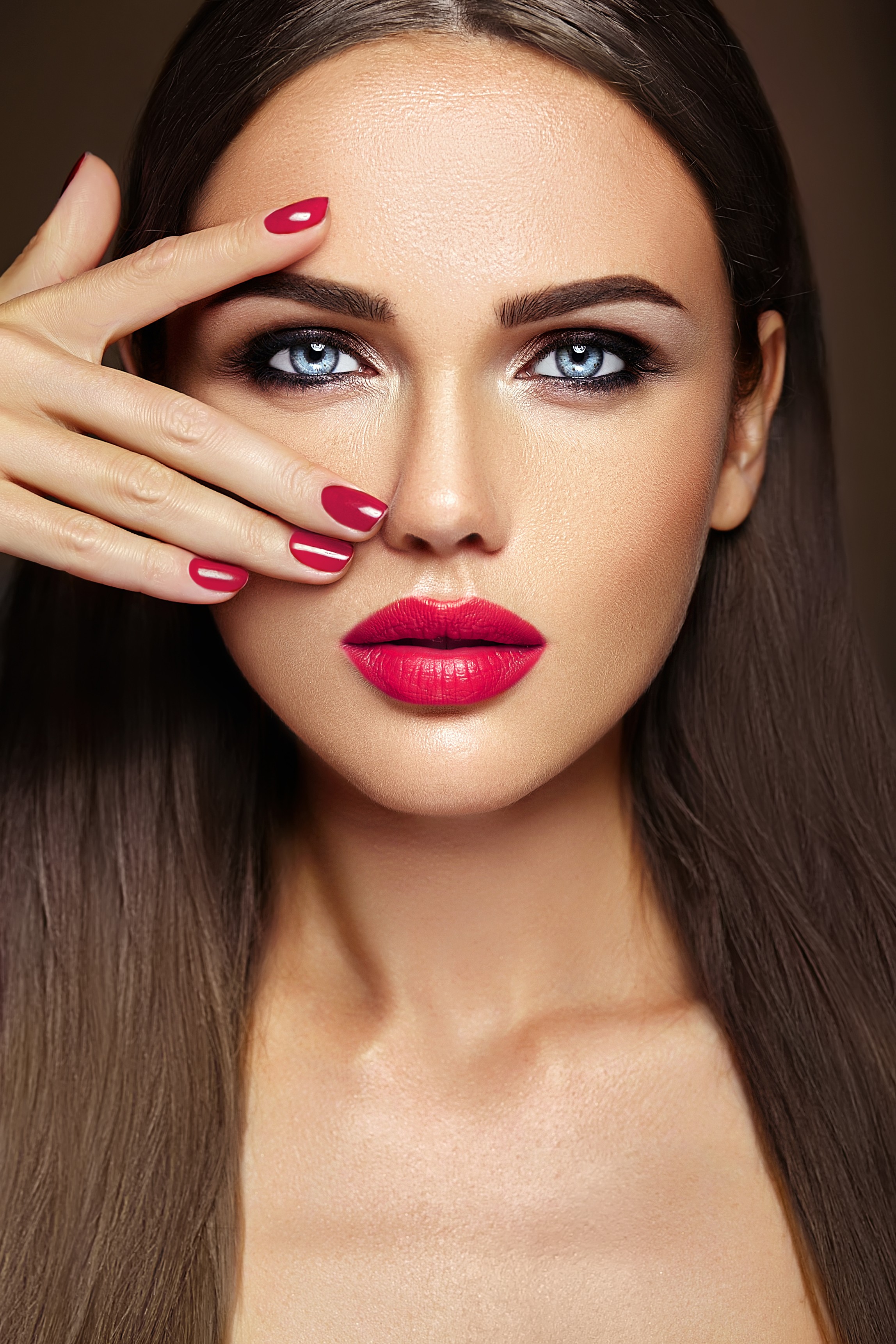👁️ Eyelid Aesthetic Surgery (Blepharoplasty) in Turkey – Rejuvenate Your Eyes in Antalya & Istanbul
Blepharoplasty, also known as eyelid aesthetic surgery, is a highly effective procedure to restore a youthful, rested appearance to the eyes. Whether you're experiencing sagging eyelids, puffiness, or under-eye bags, eyelid surgery can offer dramatic improvements while maintaining a natural look.
At CosmetoCity, we organize upper and lower eyelid surgeries in both Antalya and Istanbul, providing professional care, expert surgeons, and full travel coordination.
👵 Signs of Aging in the Eyelids
Upper Eyelids:
- Sagging skin due to gravity and muscle thinning (typically begins after age 30–40)
- Hooded or droopy eyelids
- Puffiness from prominent fat pads
- Low-positioned eyebrows contributing to excess skin
Lower Eyelids:
- Under-eye bags and dark circles
- Crow’s feet and fine lines
- Hollowing and cheek volume loss
- Wrinkled or sagging skin
These changes may occur naturally with age or develop earlier due to genetic predisposition.
🩺 Are You a Good Candidate for Eyelid Surgery?
Blepharoplasty is suitable for: ✅ Patients with drooping eyelids
✅ Visible fat deposits or excess skin
✅ Tired or aged eye appearance
✅ Individuals with good general health
✅ Non-smokers or those who can quit before surgery
A thorough consultation and eye examination are required before the procedure.
💉 How Is Eyelid Aesthetic Surgery Performed?
Upper Eyelid Surgery:
- Performed under local or general anesthesia
- A small incision is made in the natural crease
- Excess skin and fat are removed or repositioned
- Typically takes 30–60 minutes
Lower Eyelid Surgery:
- Incision inside the eyelid or just below the lash line
- Fat pads are adjusted or removed
- May include skin tightening or fat repositioning
- Takes 1–2 hours
Both procedures are scar-minimizing and recovery is relatively quick.
💶 Blepharoplasty Prices in Turkey
- Upper eyelid surgery: starts from €1500
- Upper + lower eyelid surgery: starts from €3000
All-inclusive packages include:
- Consultation & pre-op evaluation
- Hospital, anesthesia & medical fees
- Hotel accommodation & airport transfers
- English-speaking patient support
🧊 Aftercare and Recovery
- Apply cold compresses to reduce swelling
- Avoid alcohol, smoking, and blood-thinners before and after surgery
- Keep the head elevated and avoid strenuous activities
- Use artificial tears if needed
- Stitches are removed within 5–7 days
- Swelling mostly subsides in 2 weeks, final results appear in 2–3 months
❗ Risks and Considerations
While complications are rare, they may include:
- Temporary swelling or bruising
- Infection (treatable with antibiotics)
- Ectropion (lower eyelid turning outward, treatable if needed)
- Asymmetry or recurrence over time
- Very rare risk: intraocular bleeding
Blepharoplasty does not stop aging, but it provides long-term improvement.
📲 Book Your Eyelid Surgery in Antalya or Istanbul
Restore a refreshed, youthful look with our expert blepharoplasty surgeons in Antalya and Istanbul. CosmetoCity offers full coordination from consultation to recovery.
- 👉 Contact us today for a free evaluation and start your eye transformation!




